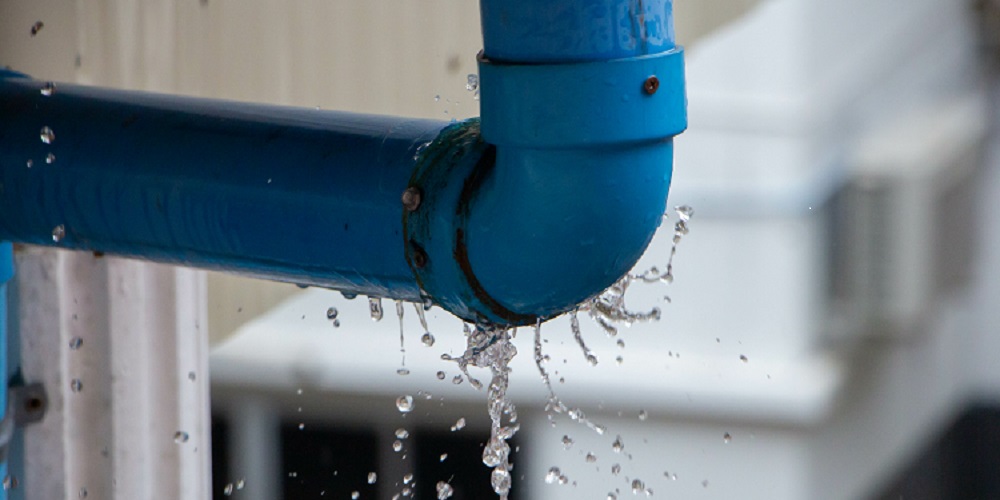Guide To Water Leakage Detection At Home
Guide To Water Leakage Detection At Home
Blog Article
We have uncovered this article on Leaking water lines down the page on the web and reckoned it made perfect sense to talk about it with you on my blog.

Early detection of leaking water lines can minimize a possible disaster. Some tiny water leaks may not be noticeable.
1. Check Out the Water Meter
Every house has a water meter. Inspecting it is a guaranteed way that assists you discover leaks. For starters, turn off all the water sources. Guarantee nobody will certainly purge, make use of the tap, shower, run the cleaning equipment or dish washer. From there, most likely to the meter and also watch if it will certainly transform. Since nobody is using it, there ought to be no motions. If it relocates, that suggests a fast-moving leakage. Furthermore, if you discover no changes, wait an hour or two and also check back once more. This means you might have a slow leakage that can even be below ground.
2. Check Water Usage
Examine your water bills and track your water consumption. As the one paying it, you need to observe if there are any inconsistencies. If you detect sudden changes, regardless of your intake coinciding, it means that you have leaks in your plumbing system. Remember, your water costs need to drop under the exact same variety monthly. An unexpected spike in your bill shows a fast-moving leakage.
On the other hand, a stable increase every month, despite having the very same behaviors, reveals you have a slow leakage that's additionally slowly escalating. Call a plumber to extensively inspect your home, especially if you feel a cozy area on your flooring with piping underneath.
3. Do a Food Coloring Test
30% comes from commodes when it comes to water intake. Test to see if they are running properly. Drop specks of food shade in the storage tank and wait 10 minutes. There's a leak between the container and also dish if the color in some way infiltrates your bowl during that time without flushing.
4. Asses Outside Lines
Do not forget to inspect your outdoor water lines also. Test faucets by attaching a yard hose. Must water seep out of the connection, you have a loosened rubber gasket. Replace this and also make certain all connections are limited. It will certainly aid get it expertly checked out and also maintained each year if you have actually got a sprinkler system. One little leak can waste tons of water and surge your water bill.
5. Check and also Evaluate the Circumstance
Homeowners ought to make it a routine to examine under the sink counters and also inside closets for any type of bad odor or mold and mildew development. These two warnings show a leak so timely interest is required. Doing regular examinations, even bi-annually, can conserve you from a major problem.
Examine for stainings as well as deteriorating as most pipelines and devices have a life expectancy. If you believe leaking water lines in your plumbing system, don't wait for it to rise.
Early detection of dripping water lines can reduce a possible calamity. Some tiny water leakages might not be visible. Checking it is a surefire method that assists you discover leakages. One little leak can waste tons of water and increase your water costs.
If you presume leaking water lines in your plumbing system, do not wait for it to intensify.
WARNING SIGNS OF WATER LEAKAGE BEHIND THE WALL
PERSISTENT MUSTY ODORS
As water slowly drips from a leaky pipe inside the wall, flooring and sheetrock stay damp and develop an odor similar to wet cardboard. It generates a musty smell that can help you find hidden leaks.
MOLD IN UNUSUAL AREAS
Mold usually grows in wet areas like kitchens, baths and laundry rooms. If you spot the stuff on walls or baseboards in other rooms of the house, it’s a good indicator of undetected water leaks.
STAINS THAT GROW
When mold thrives around a leaky pipe, it sometimes takes hold on the inside surface of the affected wall. A growing stain on otherwise clean sheetrock is often your sign of a hidden plumbing problem.
PEELING OR BUBBLING WALLPAPER / PAINT
This clue is easy to miss in rooms that don’t get much use. When you see wallpaper separating along seams or paint bubbling or flaking off the wall, blame sheetrock that stays wet because of an undetected leak.
BUCKLED CEILINGS AND STAINED FLOORS
If ceilings or floors in bathrooms, kitchens or laundry areas develop structural problems, don’t rule out constant damp inside the walls. Wet sheetrock can affect adjacent framing, flooring and ceilings.
https://www.servicemasterbyzaba.com/blog/how-to-detect-water-leakage-in-walls/

We hope you enjoyed our article about Leaking water lines. Thanks a ton for finding the time to read through our short article. Sharing is nice. You just don't know, you may just be doing someone a favor. Thank-you for taking the time to read it.
Report this page